Line revamp enables Fuxing trains to operate on Qinghai-Tibet plateau
The Fuxing, China's most advanced bullet train series, began operations on the Xining-Golmud section of the Qinghai-Tibet Railway line on Saturday, reducing travel time between the two areas to about five and a half hours, according to China Railway Qinghai-Tibet Group.
With a total operating length of 829 kilometers, the route runs between Qinghai's provincial capital Xining and Golmud, passing through stations of Huangyuan, Haiyan, Ulan and Delingha, the company said.
According to company data, the speed of passenger trains has risen from between 120 and 140 kilometers per hour to 160 km/h. The fastest travel time between Xining and Delingha will be less than three and a half hours, providing convenience for residents along the line.
The Qinghai-Tibet Railway line runs between Xining and Lhasa, capital of the Tibet autonomous region. The railway company started renovating the Xining-Golmud section in July last year to improve its quality, with more than 3,000 workers involved in the construction.
Zhao Jiaxing, deputy director of the planning and statistics department of the company, said before the renovation of the Xining-Golmud section, the section could only support trains running at a maximum speed of 140 km/h.
"The transportation capacity and efficiency have been hampered by geological and technical disadvantages along the line, including bed frost and sand damage," he said.
"With the rapid improvement of China's comprehensive strength and the socioeconomic development of Qinghai and Tibet, higher requirements have been proposed for the line to improve its overall transportation capacity and efficiency."
Zhao said to accommodate the faster trains, renovations have been carried out to fix and reinforce various infrastructure over the past year, including bridges, fences and drainage ditches, and some of the stations along the line have been expanded.
According to the company, the Fuxing trains running on the Xining-Golmud section have been designed to operate at high altitude — up to 3,500 meters above sea level — and in low-temperature environments. They also feature ultraviolet protection and are wind and sand resistant.
Also on Saturday, high-speed trains fully resumed operations on the Lanzhou-Xinjiang High-speed Railway, which runs between Lanzhou in Gansu province and Urumqi in the Xinjiang Uygur autonomous region.
For the past several years, sections of the line had been frequently closed due to damage by landslides, deformation of mountains where a tunnel was built in, and an earthquake. Trains had to reroute on the regular-speed railway. Railway authorities have been revamping the line in recent months, including building a new tunnel in a more stable mountain.
Now that high-speed trains are running on the Xining-Golmud section, the minimum travel time between Xining and the Beijing West Railway Station will be 10 and a half hours, and the travel time between Xining and Shanghai Hongqiao Railway Station will be reduced to about 13 hours.
Han Yonglin, head of the China Railway Qinghai-Tibet Group's publicity department, said that in the future, his company expects to accelerate the development of more high-speed railway channels.
"Next, we will work on the electrification of the Golmud-Lhasa section of the Qinghai-Tibet railway to enhance the comprehensive transportation capacity and efficiency of the line," he said.
"We hope the Fuxing high-speed bullet trains will be operated on all lines of the Qinghai-Tibet Railway as soon as possible so that travelers can fulfill their dreams of going to Tibet via high-speed trains."










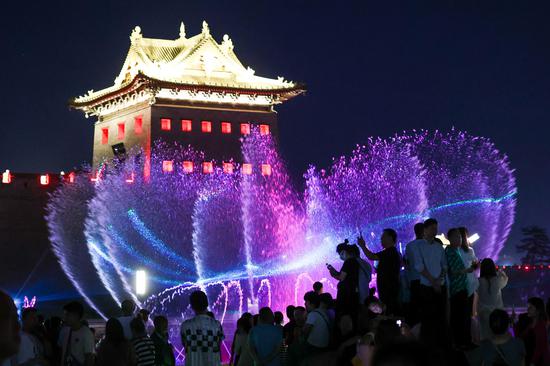

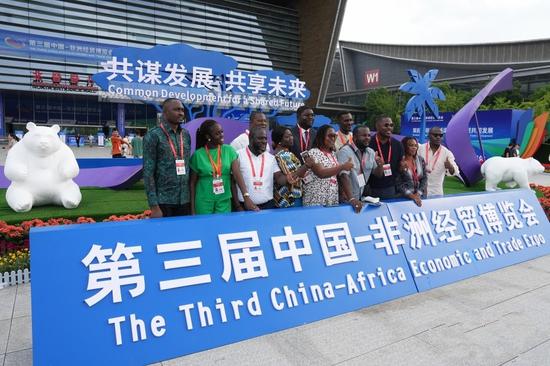





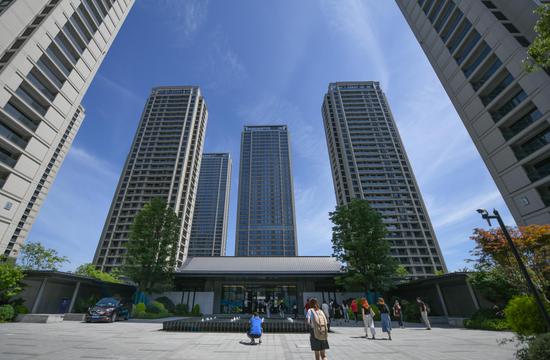


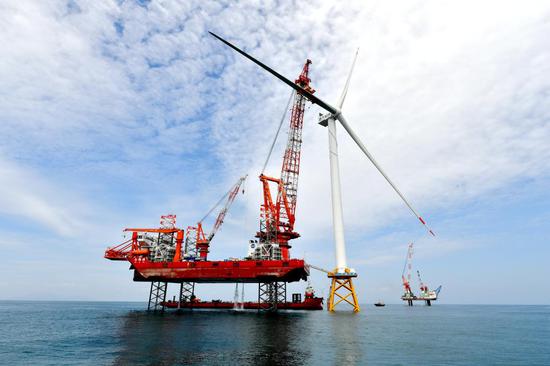

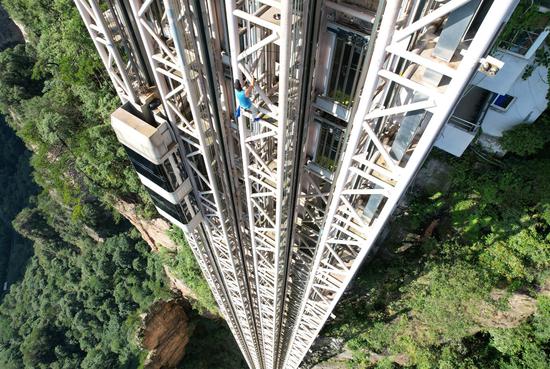
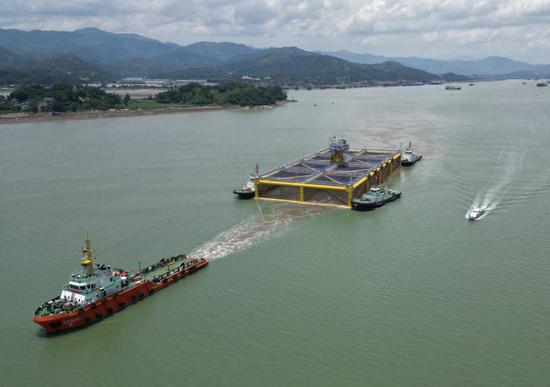






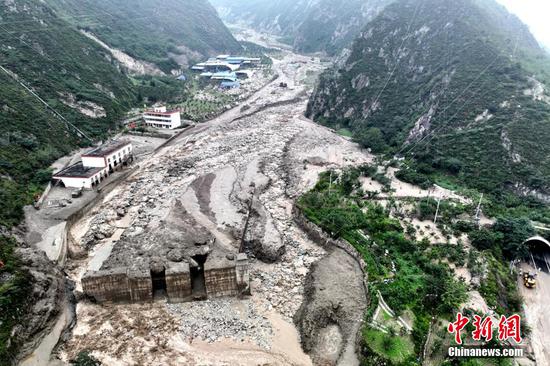





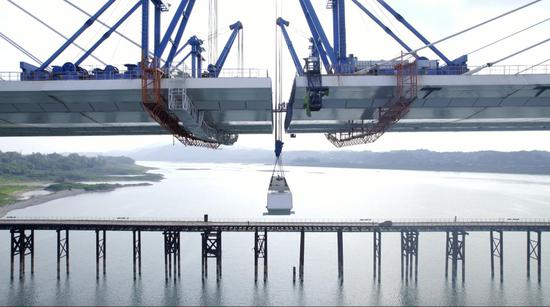












 京公网安备 11010202009201号
京公网安备 11010202009201号